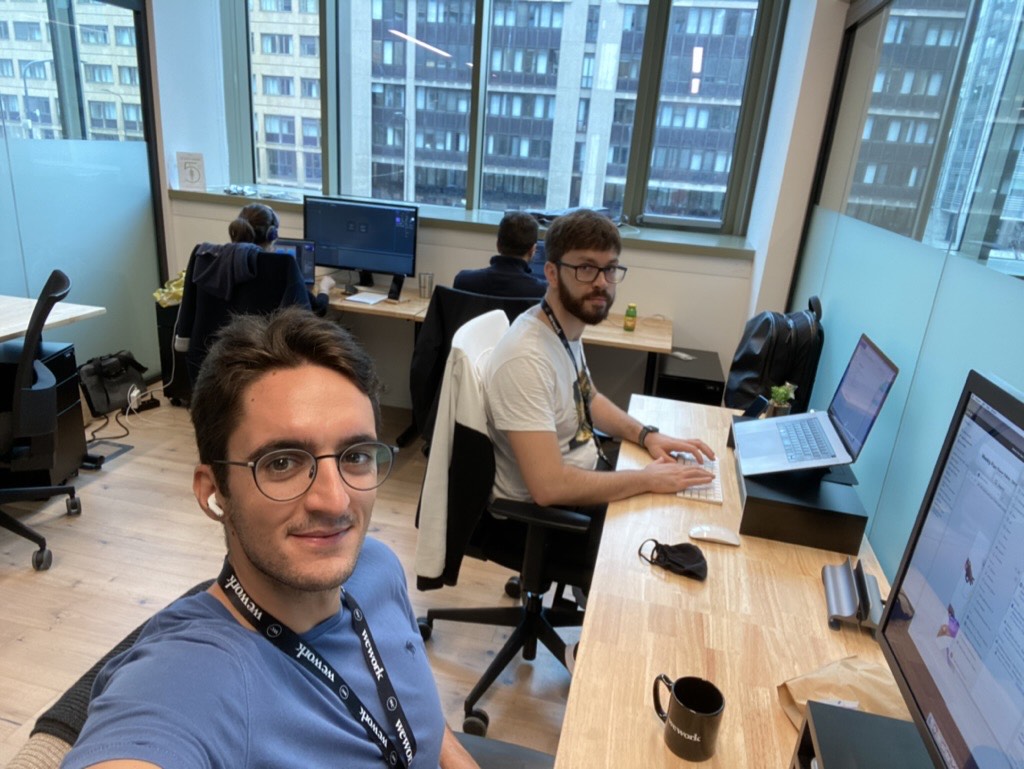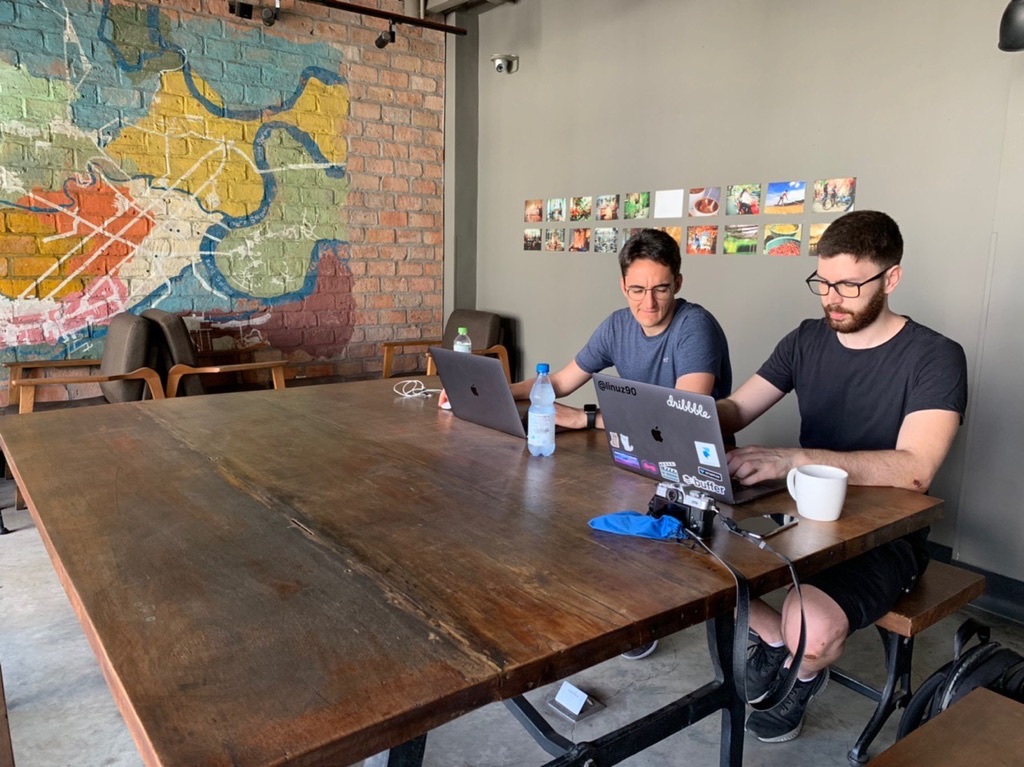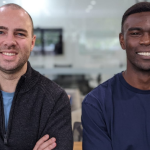In a world flooded with noisy SaaS launches and growth hacks, Typefully stands out for its simplicity—both in product and approach. Co-founders Francesco Di Lorenzo and Fabrizio Rinaldi didn’t set out to build a viral Twitter tool. In fact, it started almost by accident.
Back in 2020, the pair were working on another startup called Mailbrew. They’d been building in public on Twitter for some time and needed a better way to write and schedule threads as a marketing channel. But the tooling wasn’t great. Existing platforms felt bloated or awkward. So they hacked together a minimal tool for writing, formatting, and scheduling threads—just to help themselves promote Mailbrew.

That tool turned out to be Typefully. And before long, it was getting more attention than Mailbrew itself.
The “aha” moment happened when the side project tool we built (Typefully) became more popular than the main project we were trying to promote (Mailbrew). It was crystal clear from our analytics that the traction for Typefully was much higher.
Francesco Di Lorenzo
From Side Project to Core Product
Once it was clear Typefully had traction, Francesco and Fabrizio leaned in. The feedback loop was immediate and encouraging—especially since their early users were a lot like them: startup founders, indie makers, and content creators.
They’d hit a rare kind of founder-product fit. They weren’t building for a hypothetical user persona—they were the user. That tight alignment meant they could build quickly, validate ideas fast, and avoid wasting time on unnecessary features. A distraction-free editor, solid scheduling tools, and reliable analytics—just the essentials.
They built the MVP in just a few weeks using Next.js and Django, hosted it alongside Mailbrew to keep costs down, and initially launched it for free. The simplicity and usefulness of the tool led to fast word-of-mouth growth. People tweeted about it because it solved an immediate problem and looked good doing it.

Creating a thread on Twitter isn’t rocket science, but it does involve some nuance. You need to reply to the most recent tweet every time, making sure everything stays in order. Twitter doesn’t offer a clean, thread-wide editing view, so creators have to manually check that each post flows logically and ideas stay connected. Typefully eliminates this hassle. It provides a focused interface where users can draft an entire thread at once, split tweets easily with double returns, track the character count live, and get visual warnings when they exceed limits. With the click of a button, they can schedule or publish a complete, polished thread. It’s all online—no plugins or mobile app required—and it syncs directly with your Twitter account.
Quiet Marketing Done Right
For marketing, they stuck with what they knew: Twitter and the indie startup community. No paid ads. No agencies. Just authentic posts, smart use of Product Hunt and Hacker News, and constant iteration based on user feedback.
They landed on the front page of Hacker News multiple times, drove thousands of signups, and leveraged their own Twitter followings to keep the momentum going. The feedback from the early days directly shaped their roadmap—like adding analytics, cross-posting to LinkedIn, and expanding to team accounts.
Instead of rushing to monetize, they waited until the product felt indispensable. Paid plans were introduced gradually, starting with analytics and eventually expanding into Creator and Team tiers.
Today, Typefully serves not just Twitter users, but creators on Threads, Bluesky, and LinkedIn. Yet the focus hasn’t changed: keep it clean, make it useful, and only build what matters.
Lessons in Restraint
What’s striking about Typefully’s story is what didn’t happen. There was no massive seed round. No aggressive push to scale a bloated team. No over-engineered roadmap. Just two founders solving a problem they deeply understood, then listening to their users as the product evolved.
Their biggest takeaway? Build for yourself. That doesn’t mean ignoring your users—it means you’ll spot the problems faster, care more about the quality, and iterate from lived experience. From there, the rest becomes simpler: you’ll write better landing pages, make smarter product decisions, and communicate the value more clearly.
By keeping things small and focused, Francesco and Fabrizio avoided many of the traps that plague early-stage founders. They didn’t set out to build a unicorn. They built a useful tool, refined it, and let their users guide what came next.
Typefully isn’t flashy. But in a noisy ecosystem, that’s exactly what makes it work.
Typefully was built using a modern tech stack, including Next.js and Django, which enabled us to develop and iterate on the product quickly. This approach facilitated the rapid deployment of an Minimum Viable Product (MVP) within just a few months.
Francesco Di Lorenzo






